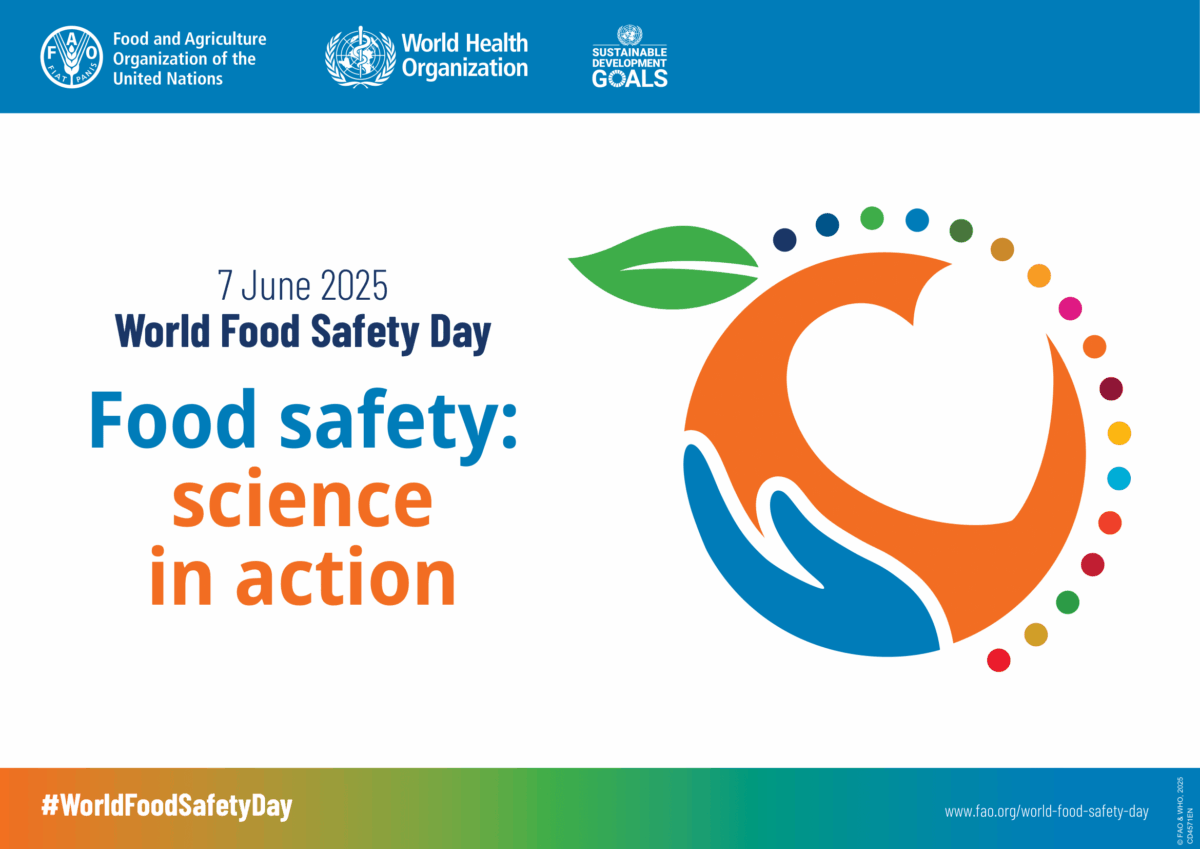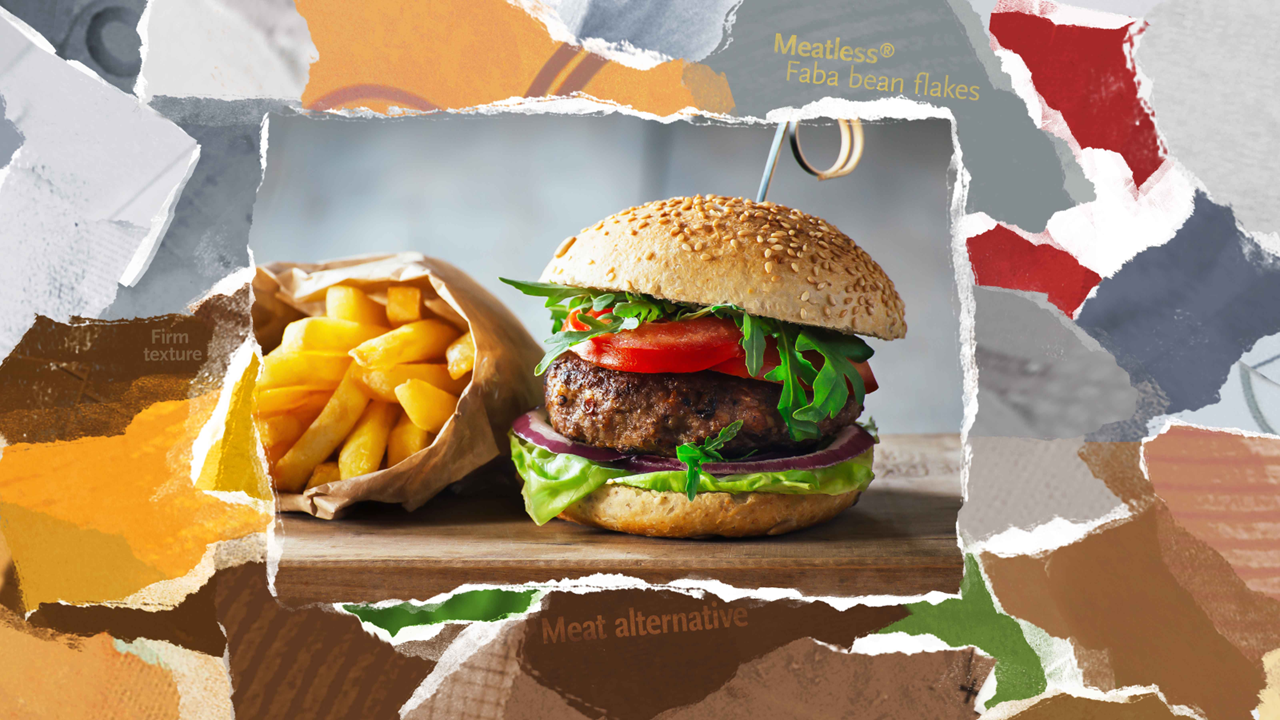In the food industry, the power of advertising is undeniable. Food advertisements play a crucial role in shaping consumer choices, influencing dining habits and driving sales. However, the line between enticing marketing and misleading information can sometimes blur, leading to controversies and legal actions. This dynamic has propelled misleading advertisement lawsuits into the spotlight, with several high-profile cases raising questions about the integrity of food marketing and its impact on consumer trust.
The food industry has seen an uptick in misleading advertisement lawsuits, a trend that underscores the growing scrutiny from consumers and regulatory bodies alike. As food advertisements become more pervasive across various media, the potential for misleading claims about product quality, ingredients and health benefits also increases.
This heightened awareness is partly due to the more informed and health-conscious consumer base, alongside the rise of digital platforms that amplify the reach and impact of advertisements. Such developments have led to a more vigilant stance against deceptive marketing practices, pushing for transparency and honesty in food advertising. Let’s explore some recent examples of misleading food advertisements that led to lawsuits and their outcomes.
Related: Valentine’s Day Food Offers: A Complete Guide to National Deals
McDonald’s, Wendy’s, Burger King and Taco Bell: The Size Controversy
Recent lawsuits highlighted a significant disconnect between the advertised and actual sizes of products from fast-food giants McDonald’s, Wendy’s, Burger King and Taco Bell. Consumers felt misled by promotional images that depicted products as larger and more laden with ingredients than what was served. This case underscores the growing concern over “food styling” and its role in creating potentially unrealistic expectations about food portions, leading to questions about the ethical boundaries of food advertisements.
In a legal victory for McDonald’s and Wendy’s, US District Judge Hector Gonzalez concluded that the visually appealing presentation of food in the chains’ promotional images did not constitute false advertising. Judge Gonzalez pointed out that the nutritional information, including the weight and calorie content of the meals, was clearly provided on the respective websites. This decision rebutted the plaintiff’s allegations that the advertisements suggested a higher quality of food than was actually served and that undercooked burger patties were intentionally shown to look larger and more appealing.
Starbucks Refreshers: Fruitful Imagery without the Fruit
Starbucks faced criticism and legal action with its Refreshers lineup, accused of misleading consumers by suggesting that the drinks contained real fruit corresponding to their names, when in fact, they did not. In August 2022, Joan Kominis from New York City and Jason McAllister of California initiated a class-action lawsuit against Starbucks, seeking $5 million in damages.
They specifically targeted six Starbucks Refreshers beverages, including the Mango Dragonfruit Lemonade, Strawberry Açaí Lemonade and Pineapple Passionfruit Lemonade. The complaint highlighted that these drinks did not contain any of the advertised mango, açaí berry or passion fruit. According to the plaintiffs, the beverages were made from water, grape juice concentrate and sugar, significantly deviating from other Starbucks products that genuinely include the advertised flavors and ingredients.
This ongoing case taps into the broader issue of using evocative names and imagery in food advertisements to imply natural and wholesome ingredients, potentially misleading customers about the product’s true composition.
Subway’s Footlong: Measuring Up to Expectations
In 2013, Subway was embroiled in a lawsuit after a customer discovered that the chain’s “footlong” sandwich fell short of the 12 inches implied by its name. Subway opted to resolve the lawsuit with a settlement of approximately half a million dollars, the majority of which was allocated to the plaintiffs’ attorneys, alongside minor adjustments in Subway’s operational practices, including enhanced disclosures for consumers.
Initially, there was skepticism regarding Subway’s ability to settle a significant lawsuit at such a modest amount. However, as more information became available, it appeared that the plaintiffs were fortunate to receive any compensation at all. The case spotlighted the expectations set by product names in food advertisements and the reality of standard product variations. It raised questions about accuracy and consistency in food labeling and advertising, pushing for more precise representations of product sizes.
Kellogg’s Strawberry Pop-Tarts: A Question of Filling
In 2020, Kellogg was sued over allegations that its Strawberry Pop-Tarts contained more non-strawberry ingredients than suggested by the product’s name, challenging the authenticity of flavor claims in food advertisements. The lawsuit was ultimately dismissed due to insufficient evidence from the plaintiff that the product’s packaging was misleading.
Kelvin Brown, who filed the lawsuit, argued that the packaging of the Strawberry Pop-Tarts misleadingly suggests that strawberries are the sole fruit ingredient in the filling. In reality, the Pop-Tarts in question actually contain a mix of strawberries, pears and apples in their filling.
This lawsuit reflects broader concerns about ingredient transparency and the accuracy of product descriptions, urging companies to ensure that their product labels and advertisements align with the actual product content.
Wegmans Vanilla-Flavored Ice Cream: The Essence of Flavor
In 2016, grocery chain Wegmans faced legal action for marketing its vanilla-flavored ice cream without containing real vanilla (vanilla bean or extract). While the case highlighted the complexities of flavor labeling in food advertisements, it was dismissed in 2020 by US District Judge Louis Stanton. He concluded that the plaintiffs’ analysis might not have been adequately sensitive to identify all indicators of vanilla, thus failing to demonstrate the absence of vanilla in the product.
Judge Stanton also raised doubts about the deceptive nature of the ice cream labels, noting that neither the label nor the list of ingredients specified the use of vanilla bean or extract. He highlighted that, upon inquiry, the US Food and Drug Administration (FDA) might not have confirmed the product’s labeling as compliant with existing regulations for flavor and ice cream labeling.
This case delves into the expectations set by the term “vanilla-flavored” and the importance of clear and accurate ingredient disclosure in upholding consumer trust and meeting regulatory standards.
Navigating the Future of Food Advertisements
The surge in misleading advertisement lawsuits in the food industry serves as a crucial reminder of the need for transparency and integrity in marketing practices. As consumers become increasingly savvy and regulatory bodies more vigilant, the industry must navigate the fine line between creative advertising and misleading information more carefully than ever. The future of food advertisements lies in embracing honesty, clarity and consumer engagement, ensuring that marketing practices not only drive sales but also foster trust and satisfaction among consumers.
In navigating this landscape, stakeholders across the food industry — from manufacturers to marketers — must prioritize accuracy in food advertisements, aligning promotional content with the true nature of their products. By doing so, they can avoid legal pitfalls, build consumer trust and pave the way for a more transparent and responsible marketing environment in the food industry.












Join or login to leave a comment
JOIN LOGIN